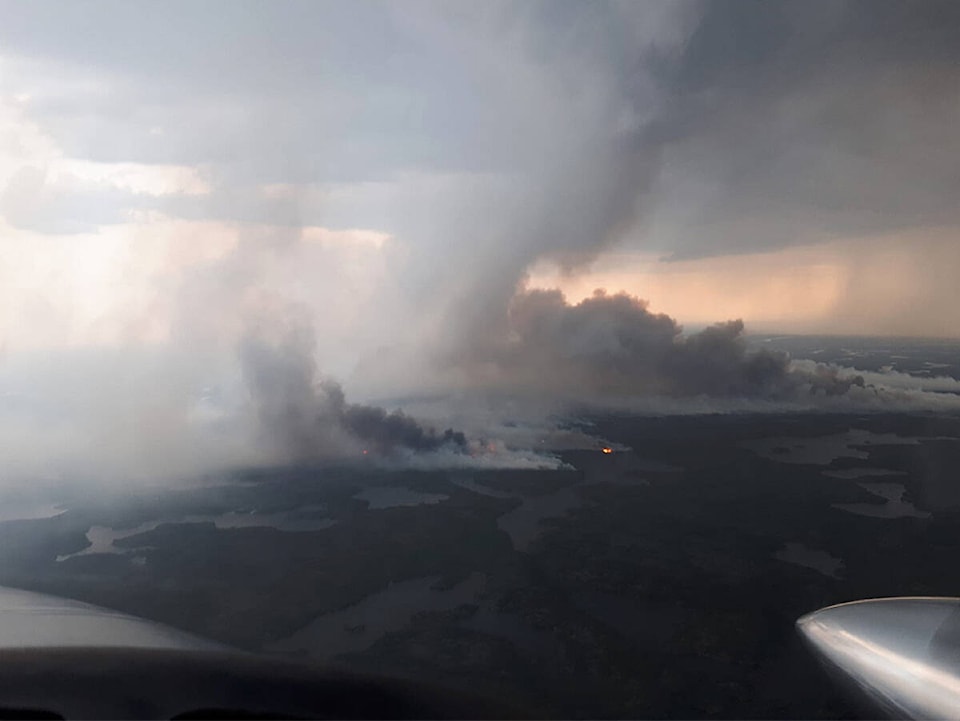The number of firefighters battling North Slave blazes is expected to double next week as Alberta crews are en route to help combat worsening conditions.
It’s the first time in four or five years that the NWT has called upon another jurisdiction to provide backup, said Rick Olsen, the GNWT’s manager of fire operations.
Olsen is also reassigning crews from other NWT regions and has tapped into the territory’s reserves of trained part-time firefighters, using about a dozen of them in the North Slave so far this season. Including the 20 personnel from Alberta — expected to arrive on Saturday and then be on initial attack standby on Sunday — Olsen estimates that the number of North Slave firefighters will jump well into the 70s from the initial 38 who started the season around the May long weekend. Many of them have been working right through weekends lately as 18 fires had broken out in the region, 10 of which were still active as of Friday afternoon.
“It helps the guys get a couple of days off to refresh,” he said of the decision to bring in reinforcements.
Of greatest concern are a 300-hectare blaze 16 km southeast of Wekweeti and a 65-hectare fire 40 km southeast of Yellowknife near Defeat Lake — both of which are being fought.
“It can threaten Yellowknife, Dettah and everything along the Ingraham Trail,” Olsen said of the latter situation, adding that wind direction is a key factor. There are numerous cabins in the area as well.
Another source of consternation is lightning, which was the cause of all six of the North Slave blazes “of note” that the Department of Environment and Natural Resources is currently fighting or monitoring. Olsen said lightning is responsible for about 90 per cent of NWT wildfires.
The weather forecast shows little precipitation expected in the Yellowknife area over the coming week, which further raises Olsen’s level of alarm.
“It’s been pretty dry in the North Slave compared to the rest of the NWT over the last couple of years,” he said, adding that the amount of snowfall last winter was less than usual.
Smoky haze
Yellowknife residents were blanketed by a smoky haze on Thursday, which Olsen attributed to a couple of fires north of Marian Lake, about 45 km east of Whati, and another close to Great Bear Lake.
For those seeking more information on smoke conditions, he recommends visiting firesmoke.ca, which shows fire locations, wind direction, smoke thickness and air quality standards.
He asked that campers be extra cautious to keep campfires small, contained and to be absolutely sure that they’re extinguished before leaving the site.
He also recommended that people who spot a fire report it to the NWT’s fire line at 1-877-NWT-FIRE (1-877-698-3473).
The City of Yellowknife is still maintaining its ban on open-air burning, which went into effect on June 9.
There are 38 active fires across the entire territory affecting 17,039 hectares as of Friday afternoon.
The NWT’s complement of wildfire personnel consists of 33 four-person crews and five air tanker groups, in addition to supervisors, radio operators and tower lookouts.
